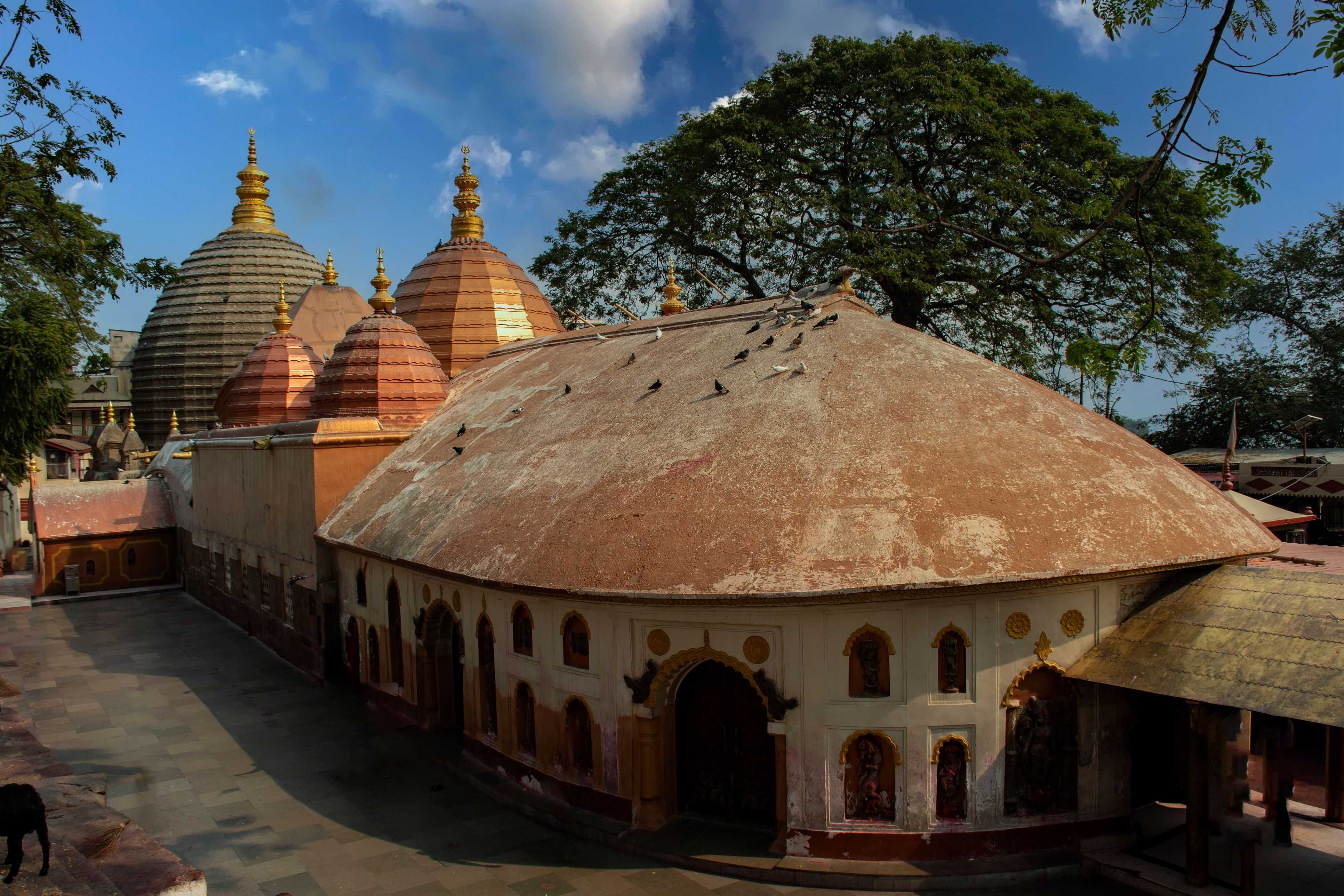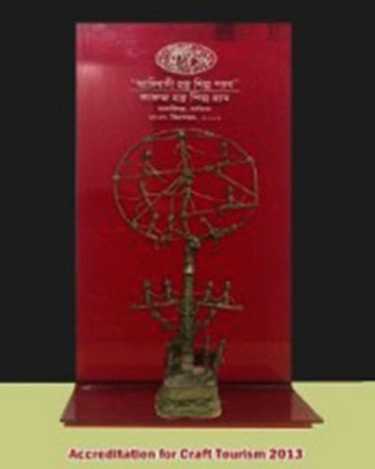Kamakhya Devi: The Menstruating Goddess
Where the Divine Bleeds
Among the many wonders nestled within this sacred shrine, the most astonishing is not what one sees—but what one feels. For there is no idol carved in stone, no deity sculpted by hand. Instead, hidden in the womb of the earth, wrapped in crimson silk, lies the sacred yoni—the divine vulva of Goddess Sati, the first beloved of Lord Shiva, who burned with love and rage into legend.
And then comes the part that stirs even the most skeptical hearts. Each year, as the monsoon clouds gather and the heavens prepare to weep, the temple doors close for three mysterious days. Why? Because it is believed that the Goddess herself is menstruating—retreating into her sacred cycle of creation and rest. The earth echoes her rhythm, and the holy spring that flows deep within the sanctum turns red—untouched by dye, unshaped by man. It is said to be her blood, a mark of her power, her fertility, and her fierce, feminine divinity.

The Sacred Cloth and the Crimson Blessing
When the goddess rests, the world around her dances in devotion. During those three sacred days, when Kamakhya retreats into her divine seclusion, a piece of the red silk that veils her yoni is given to the faithful as prasad—not merely as a token, but as a thread of her living essence. This blood-hued cloth, said to carry the energy of the goddess’s own cycle, is cherished by devotees as a blessing of fertility, protection, and power.
As the temple gates remain closed, the city comes alive with the echoes of an ancient celebration—the Tantric fertility festival of Ambubachi. It is not just a ritual; it is a surrender to the mystic truth that the goddess bleeds as the earth does, and from that bleeding, life is born. People travel from far and wide, hearts filled with awe, to witness this miracle where myth breathes through the soil. For in Kamakhya, belief is not a metaphor—it is alive, pulsing, and gloriously real.
And if the tale has stirred something deep within you, perhaps it is time you journey to the hills of Guwahati—where the goddess still bleeds, and the earth still listens.































